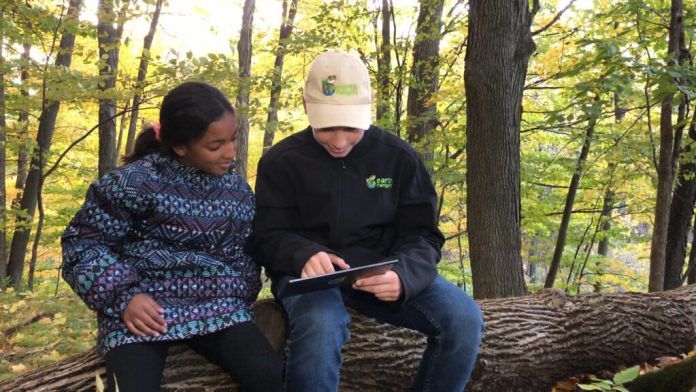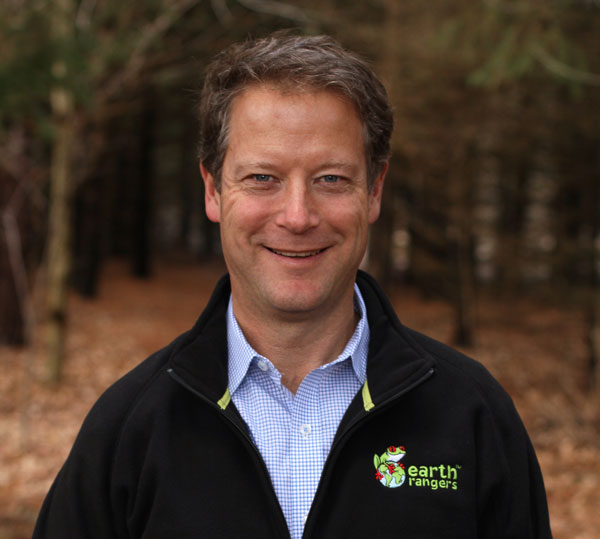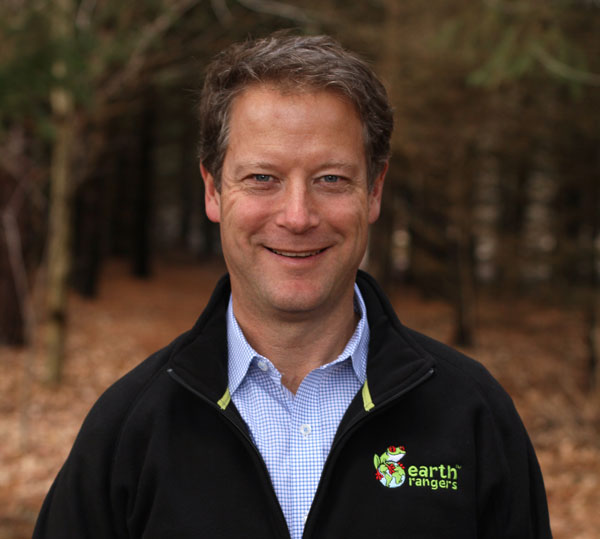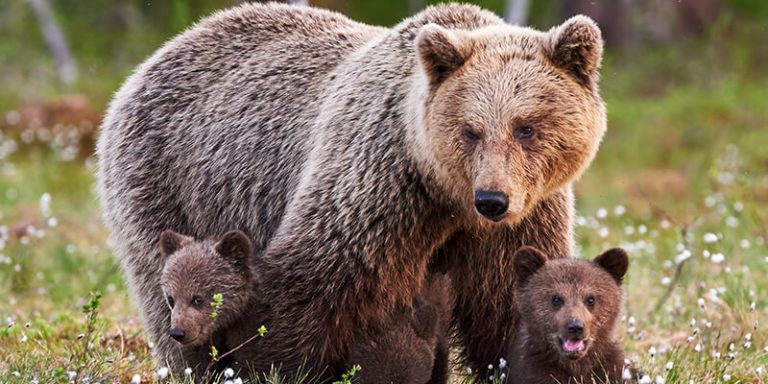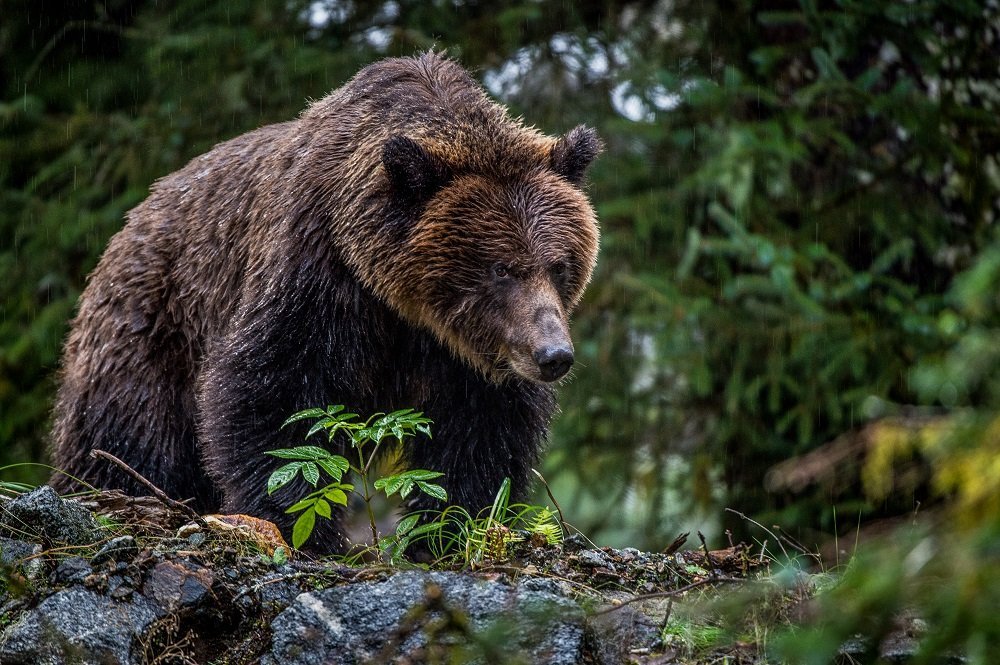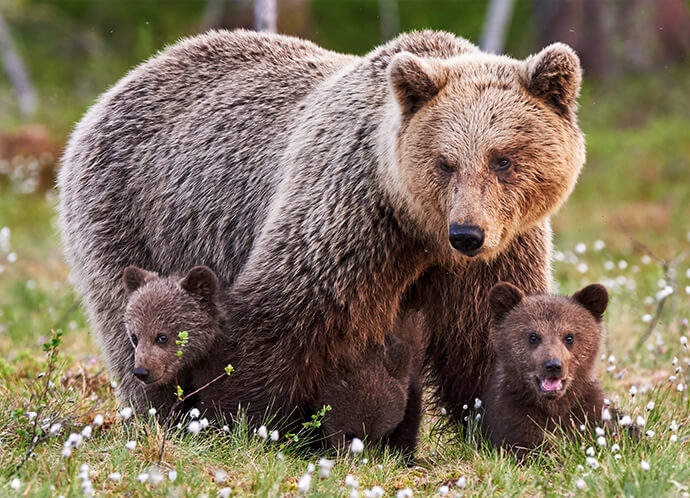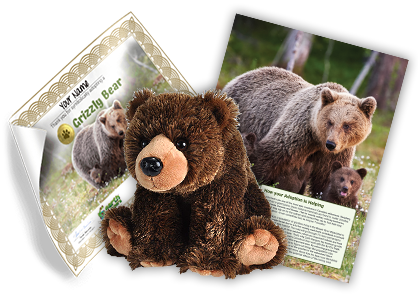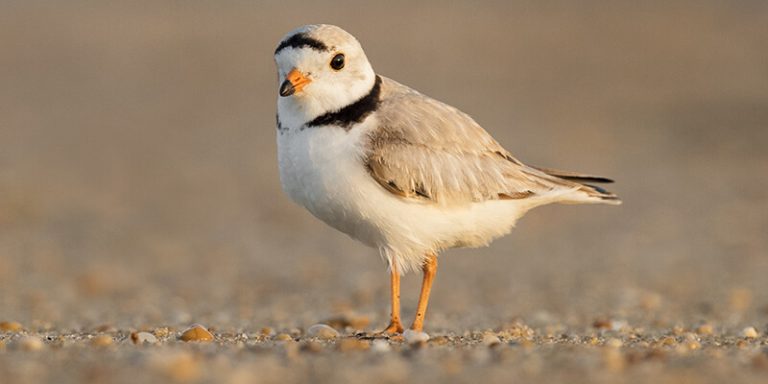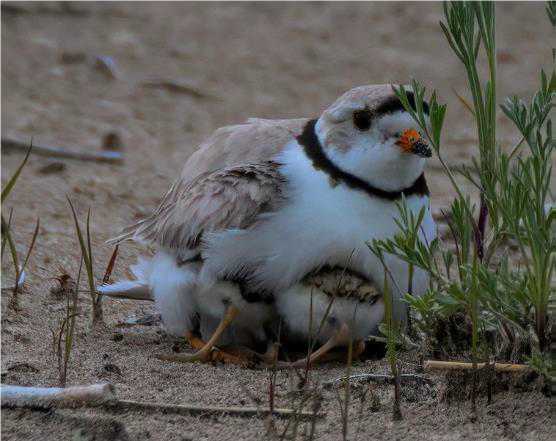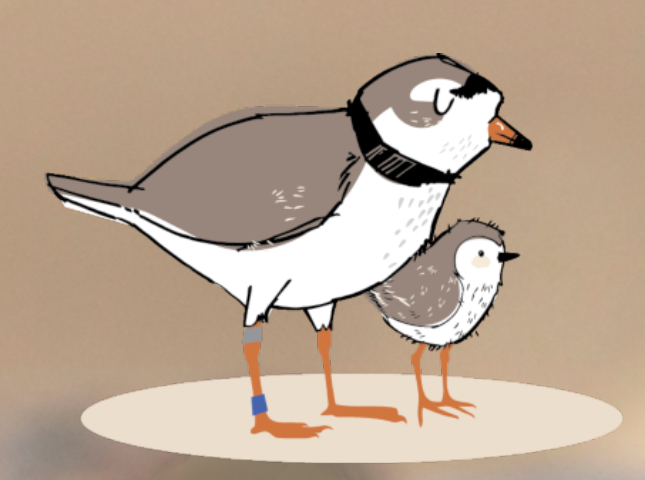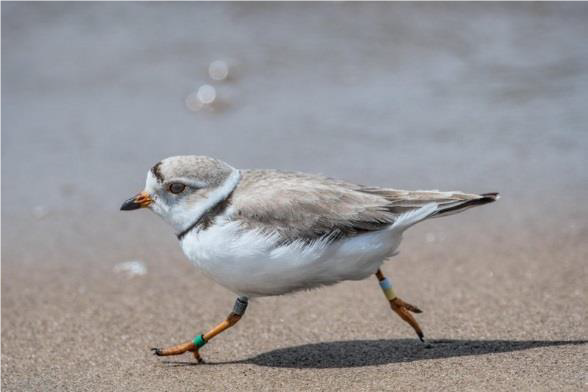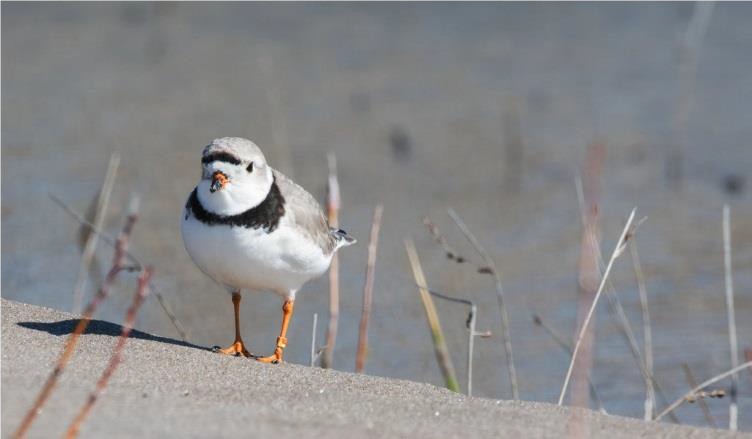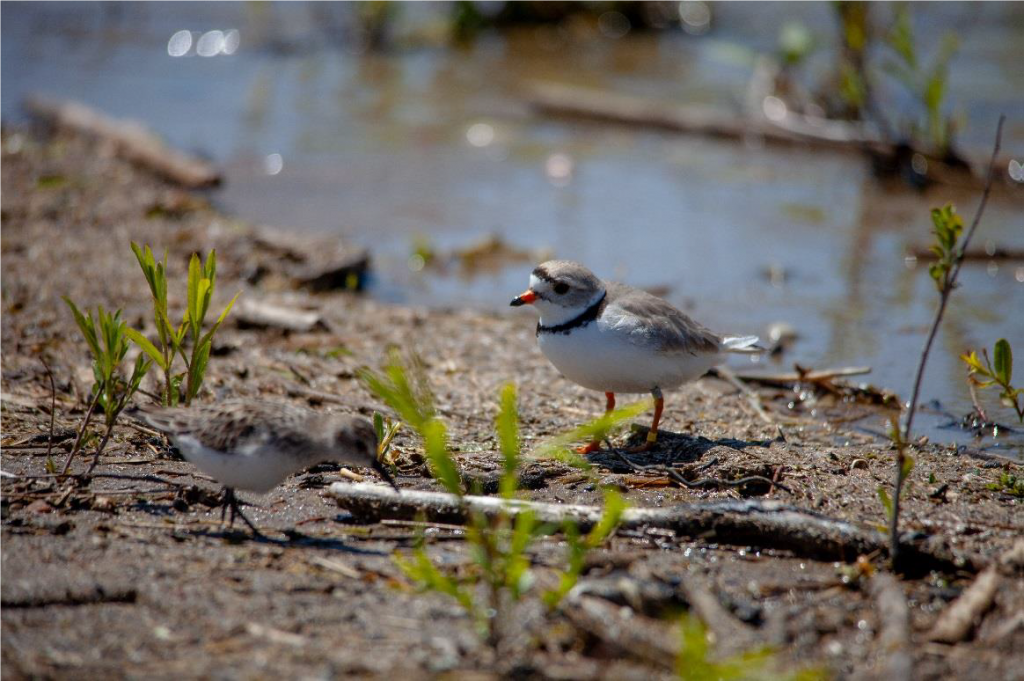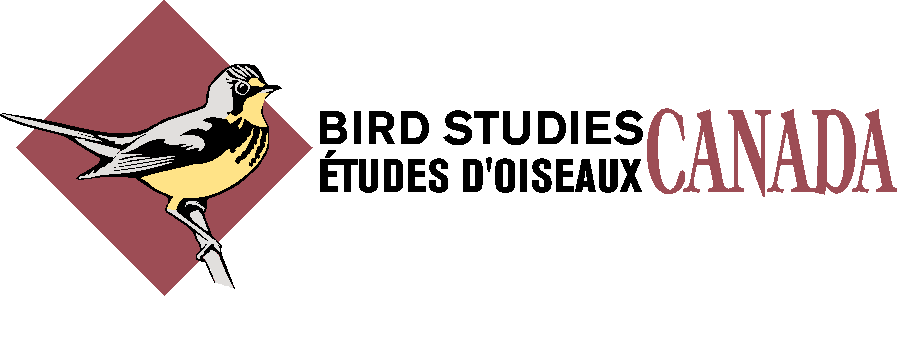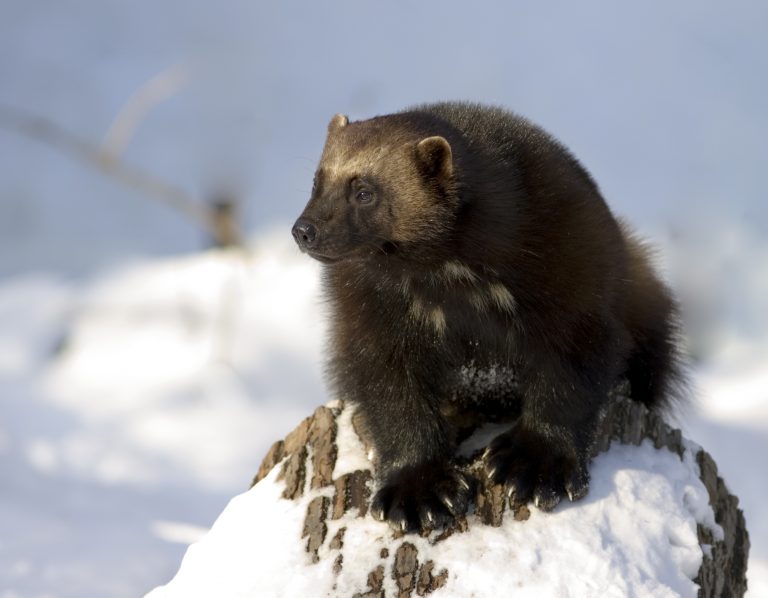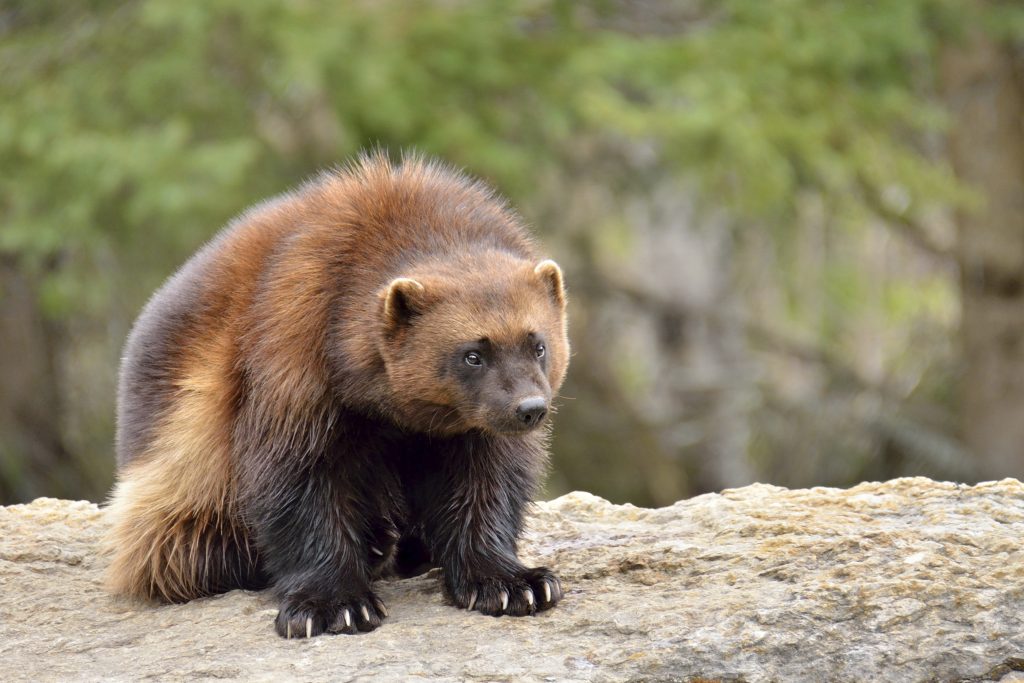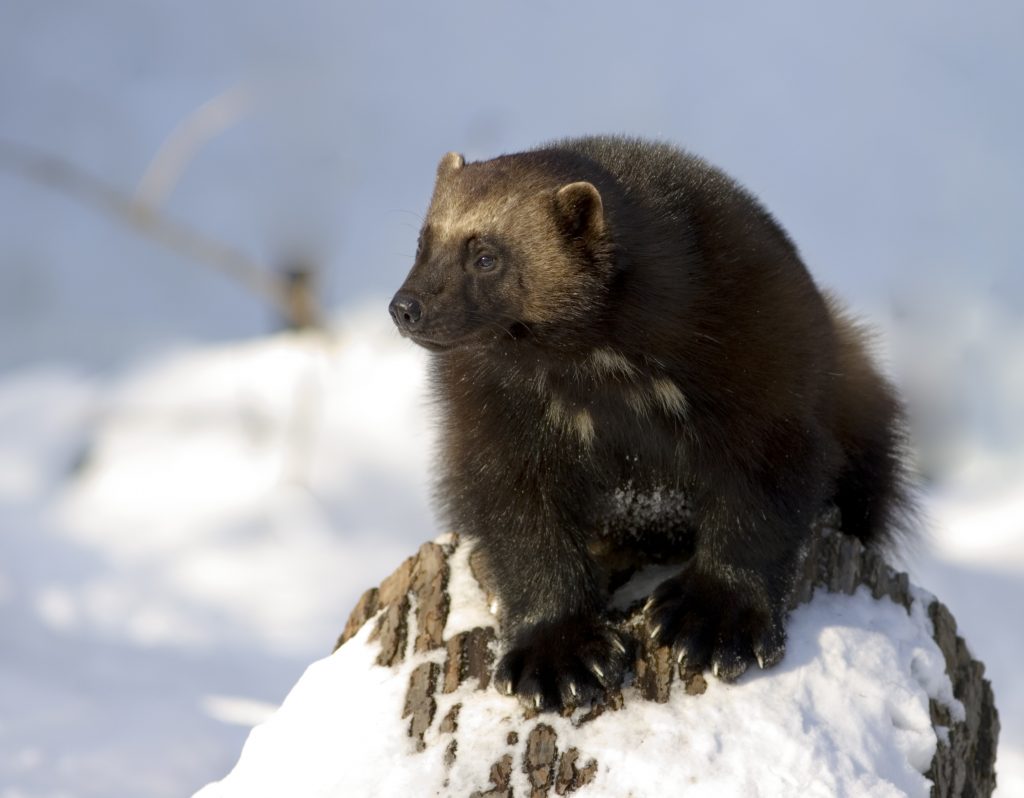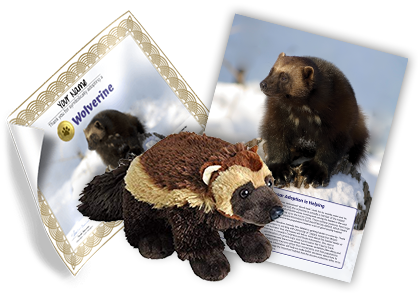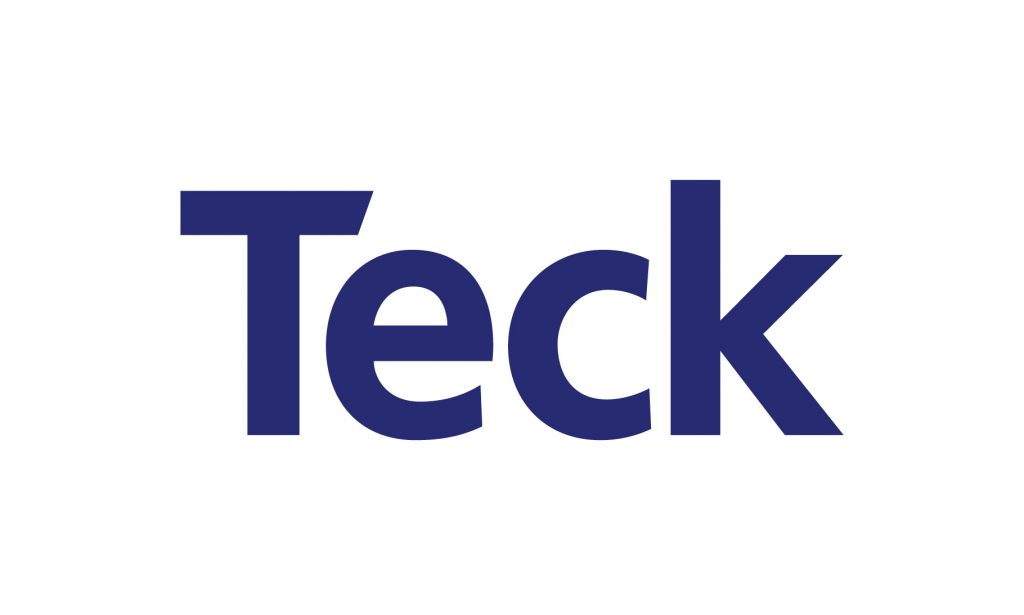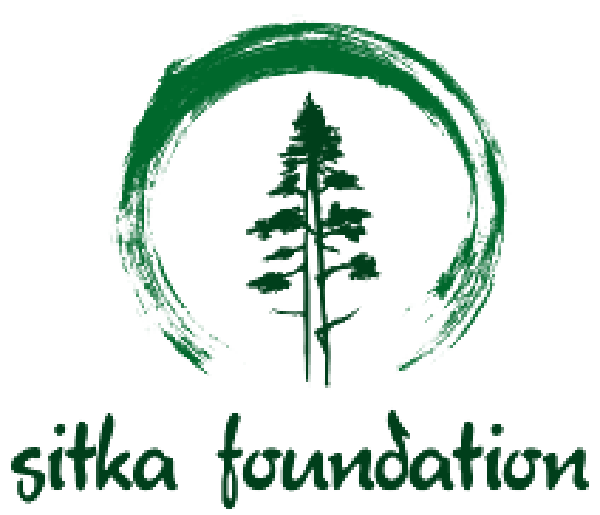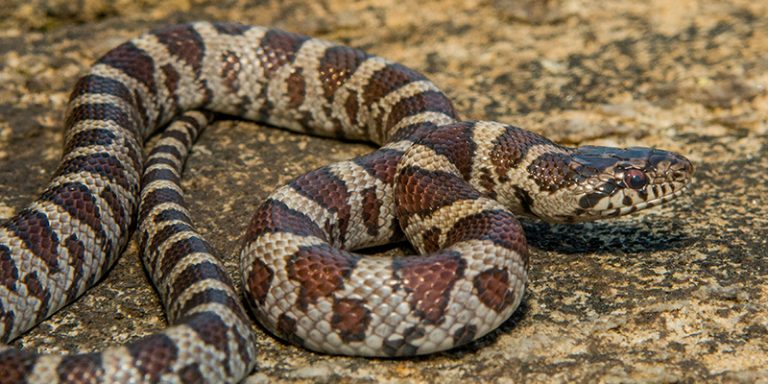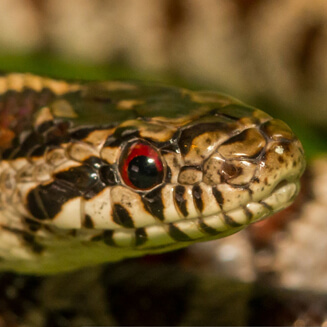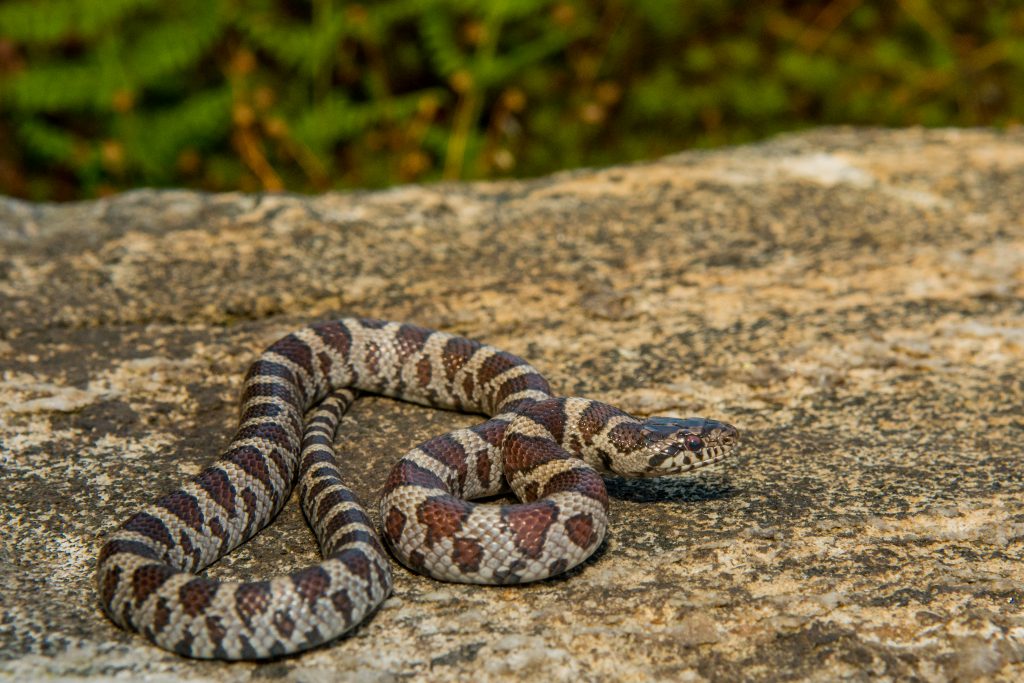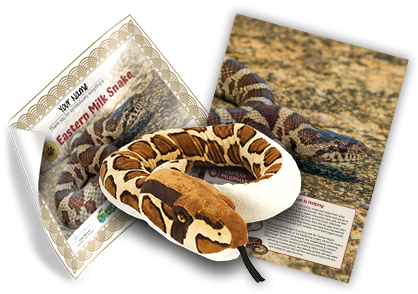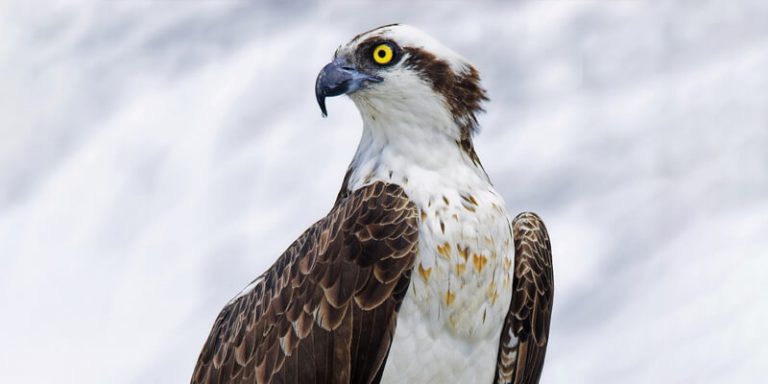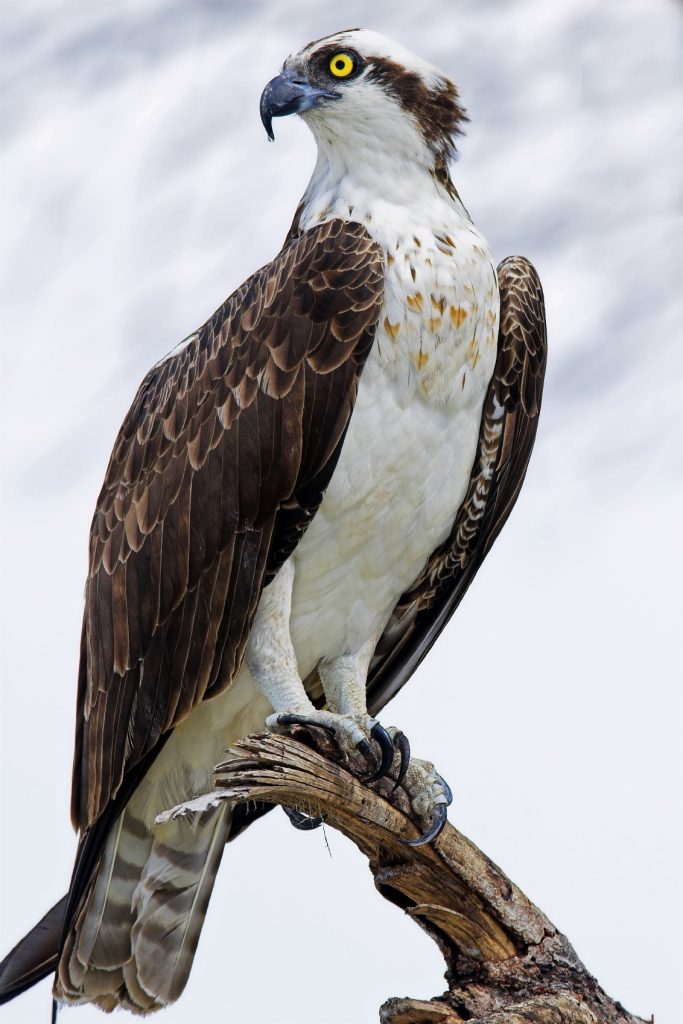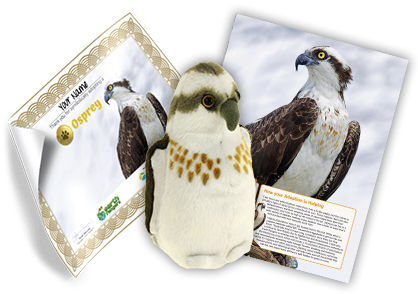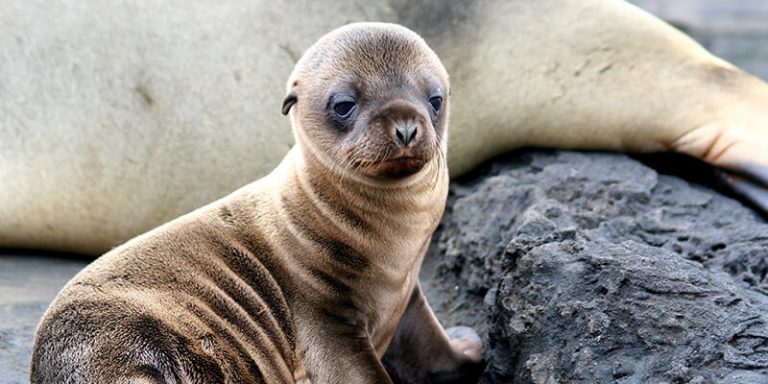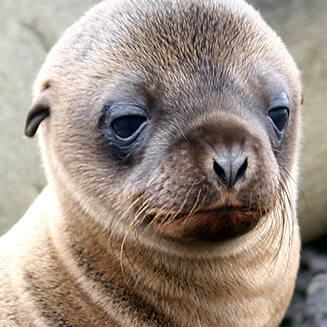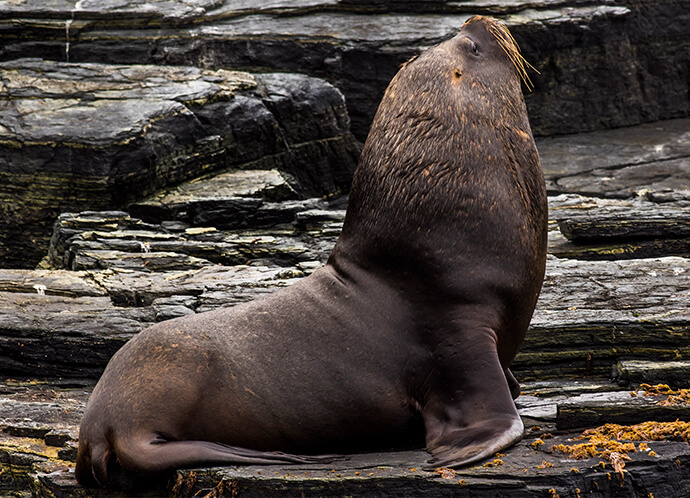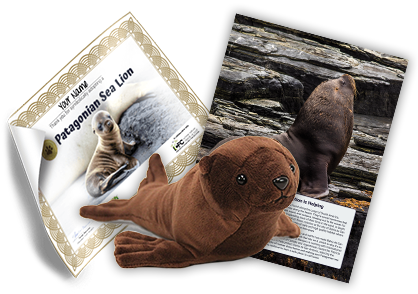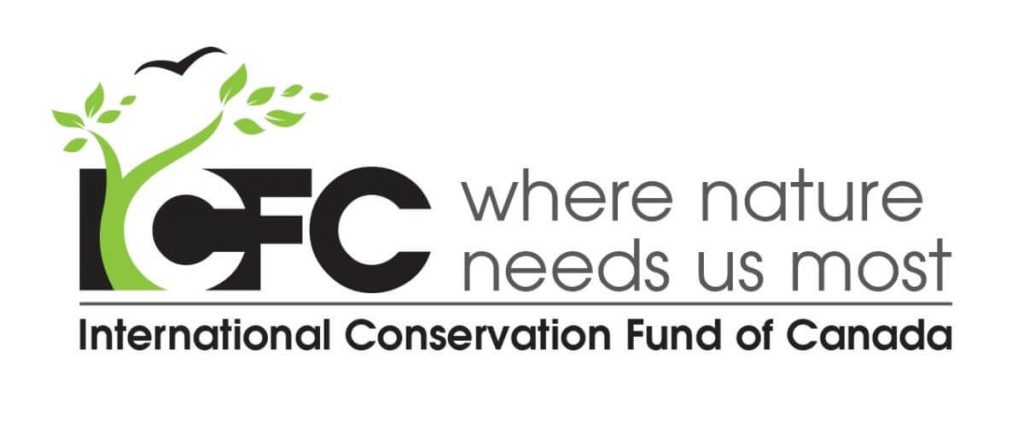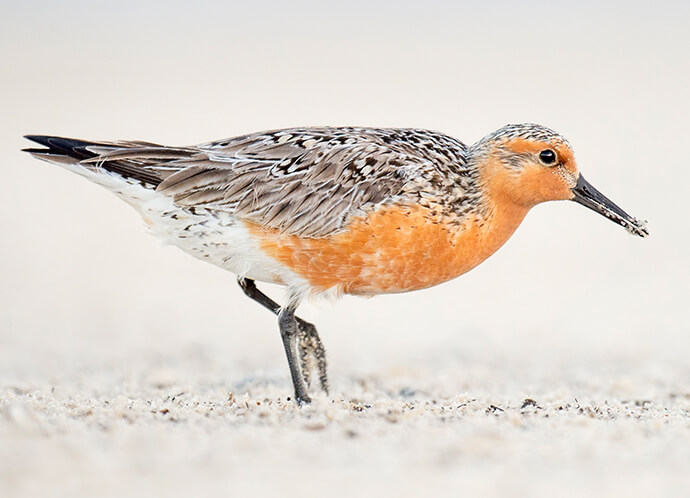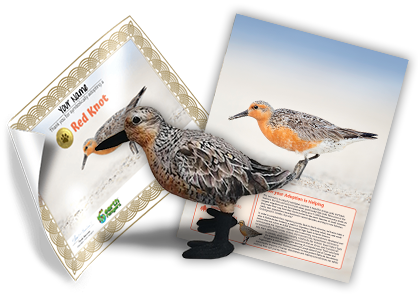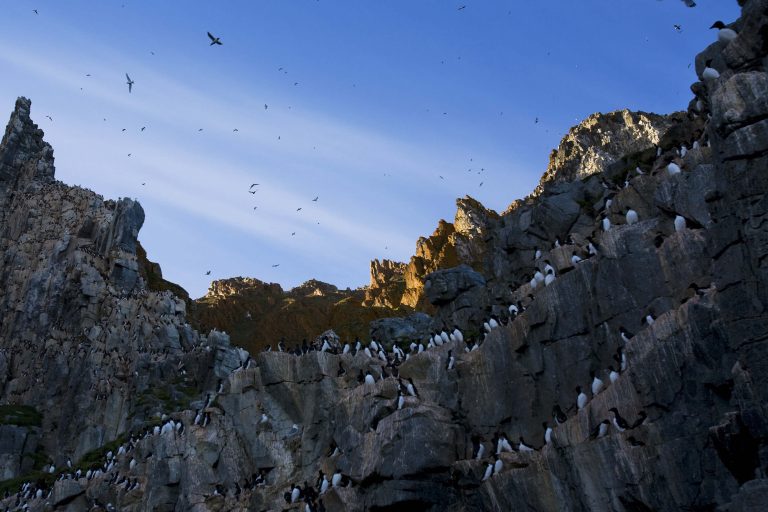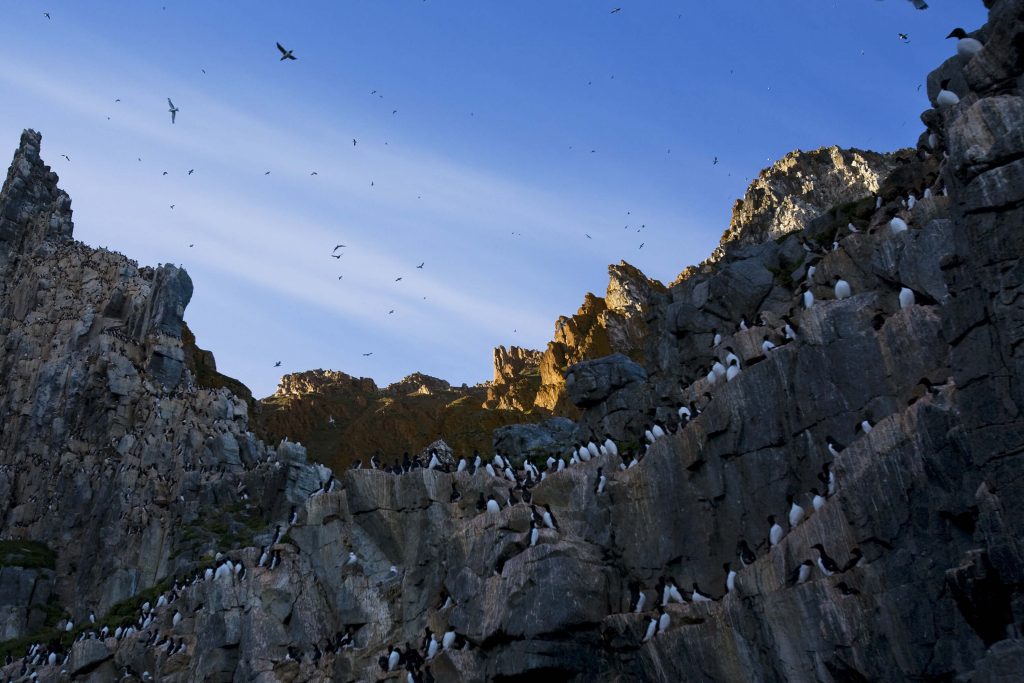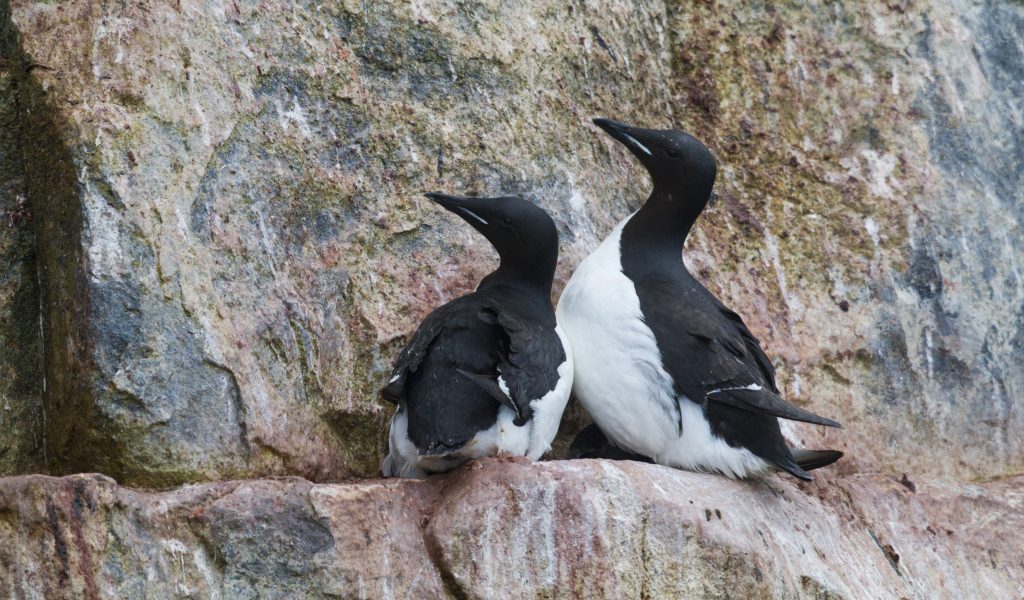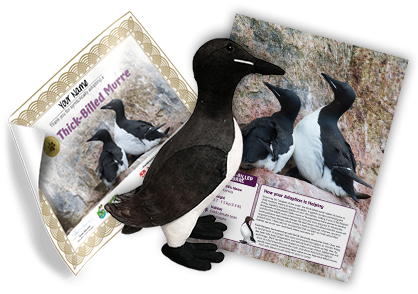WOODBRIDGE, ON, Jan. 21, 2020 – Today, Earth Rangers launched its new app designed to provide children and families with a safe way to make a real and positive impact on the environment through learning and action. Building on the organization’s mission to create a generation of conservationists, the Earth Rangers App empowers kids and their families in the face of growing anxiety over the state of the planet.
Introducing – The Earth Rangers App from Earth Rangers on Vimeo
“We hear more about large-scale environmental challenges now than we ever have before, from climate change to plastics in our oceans to species extinction. At Earth Rangers, we have seen time and again that taking action—even in small ways—leaves kids feeling more optimistic about the future,” says Tovah Barocas, President of Earth Rangers. “We can transform anxiety into learning and passion through action. Our new app provides kids, and their parents, with a safe place to learn, talk, and act for nature.”
The app houses over two dozen fun and impactful missions that take the app experience offline by engaging kids in activities like shoreline clean-ups, battery recycling drives, conserving energy and creating butterfly gardens. The app also offers localized content, with missions that are customized by province or region so that members can learn about environmental issues relevant to where they live. Local events, such as tree planting and other on-the ground opportunities will be promoted to members in different parts of the country.
“Research shows that eco-anxiety is a real thing. It’s impacting children, as well as adults. We know parents are struggling with how to talk about these issues with their kids,” says Dr. Katie Hayes, the lead author of the upcoming chapter on mental health and climate change for the National Climate Change and Health Assessment. “The new Earth Rangers App gives parents and kids a safe and fun place to start having these conversations, while encouraging long lasting habits that positively impact the future of our planet.”
In addition to missions and local events, members are also able to symbolically “adopt” a wide range of Canadian species, with funds going towards conservation projects related to them, like habitat restoration or research and monitoring projects. Along with earning points with the adoption of a species, they will earn stars which help them earn a seat on the “conservation council” where they can vote on future conservation projects.
Other Earth Rangers app features include:
- Virtual badges, leaderboards, and rewards for almost everything you do in the app;
- Endless entertainment and inspiration through hours of educational videos and thousands of fascinating articles about animals and the environment;
- Easy access to the award-winning Earth Rangers podcast;
- Points based levelling system that allows you to journey through different habitats, unlocking cool animal facts along the way;
- Customizable avatars that allow you to create your own virtual identity; and
- The app is free to new and existing Earth Rangers’ members, with animal adoption fees completely optional and requiring parental permission. Free membership card and welcome package will be sent by mail when you complete your membership sign-up.

“Everyone at Earth Rangers is so excited to launch this app, from our conservation experts to our developers. We hope kids and parents can see that they can be part of the solution and have a blast doing it!” says Barocas.
The app is available to download
For more information and interview requests with Tovah Barocas or Katie Hayes, please contact David Troya-Alvarez, dtroya-alvarez@argylepr.com.


